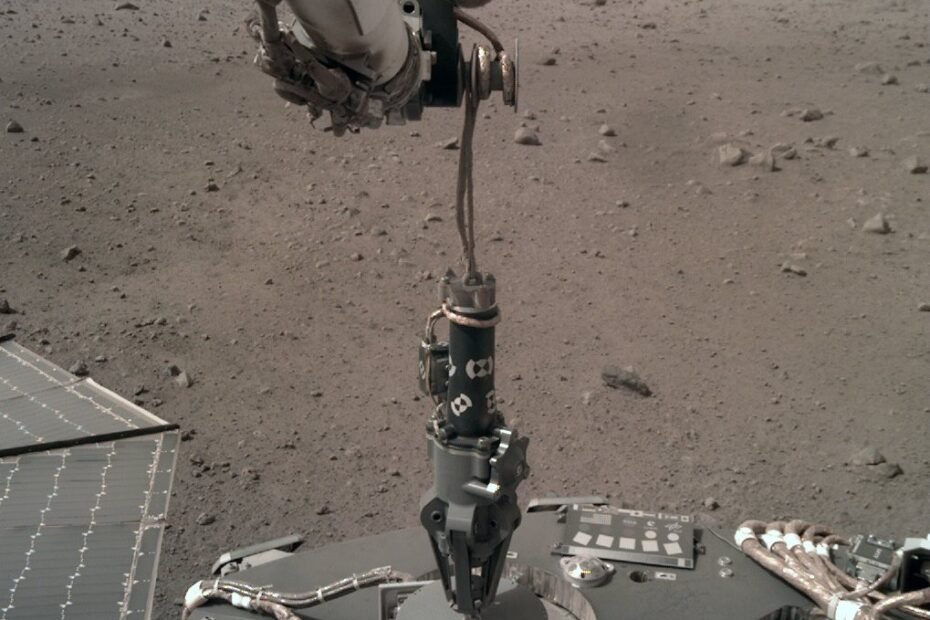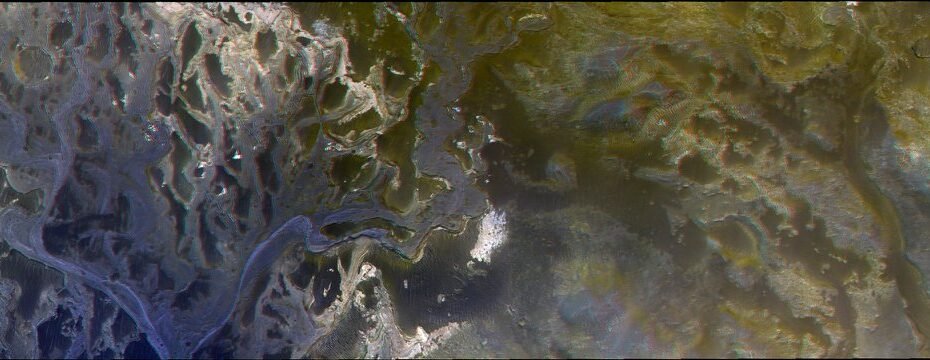After a reset, Curiosity has resumed normal operation
On Friday of last week, Curiosity encountered an obstacle that produced a jolt during startup causing an interruption of activities and putting the system in “safe mode”.Tuesday, February 19, technicians were able to restore full functionality of the rover that could restart the system for thirty times without further problems.During the week, technicians have invited and received data from Curiosity in an attempt to discover… Read More »After a reset, Curiosity has resumed normal operation

